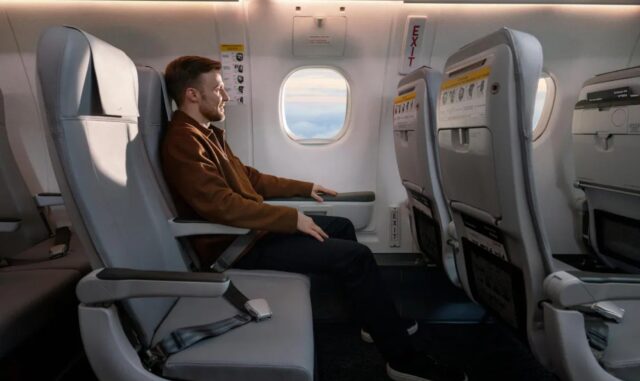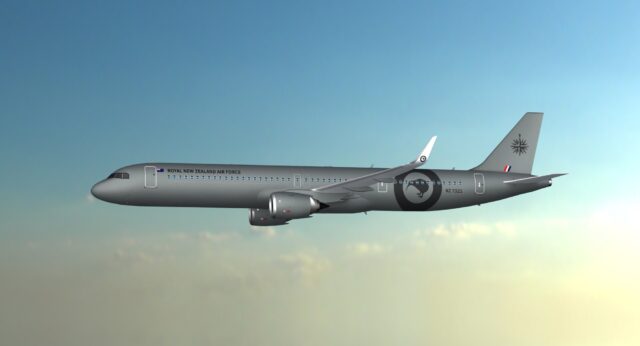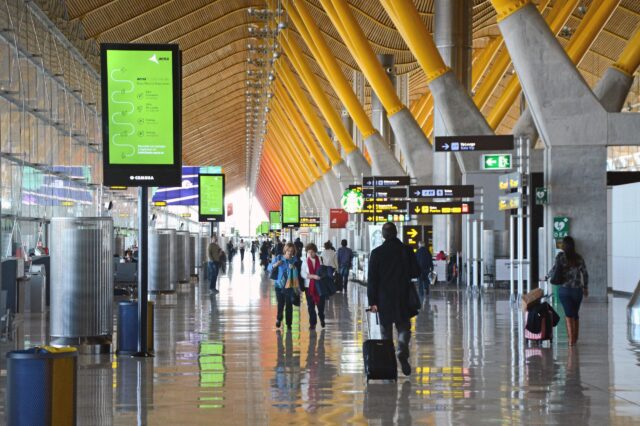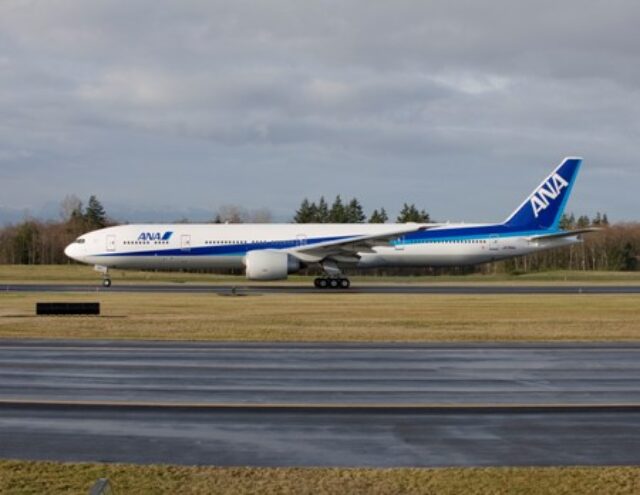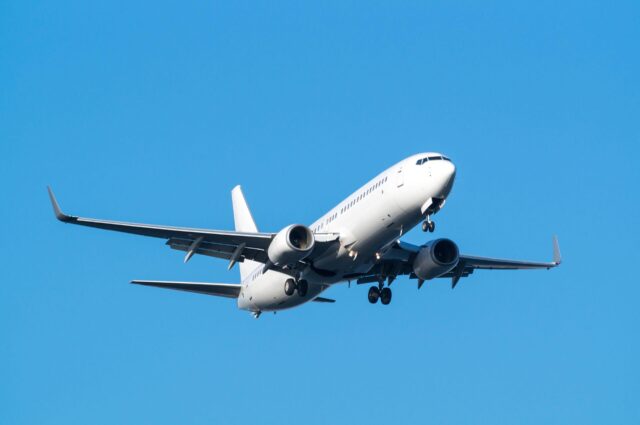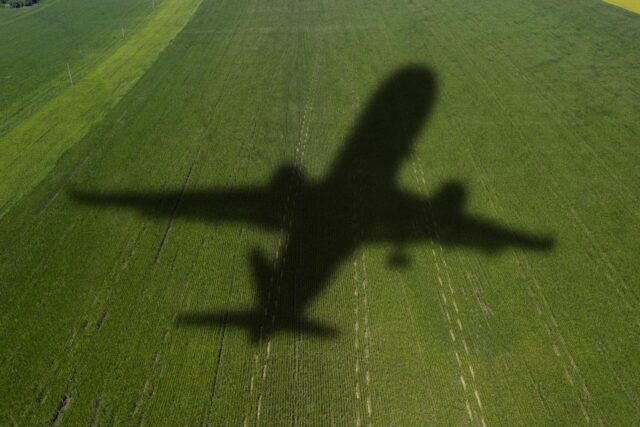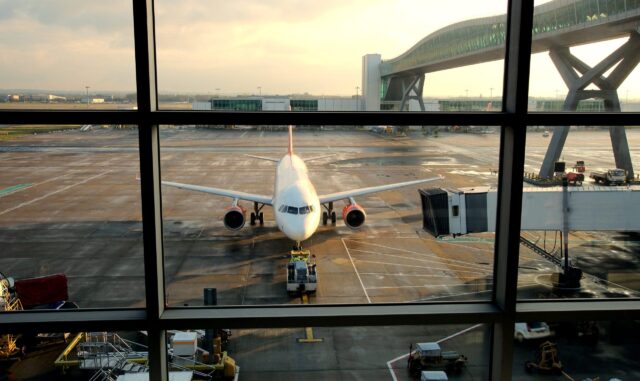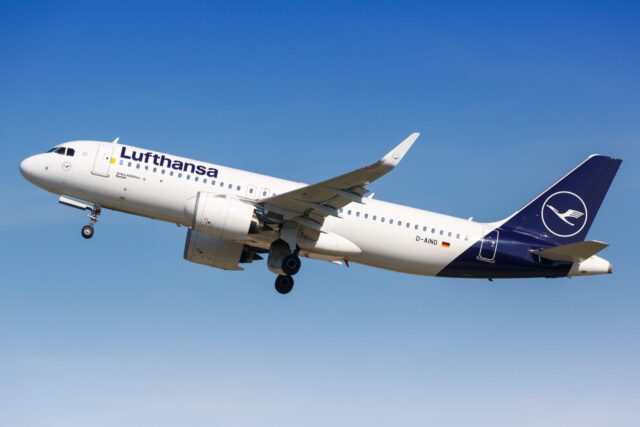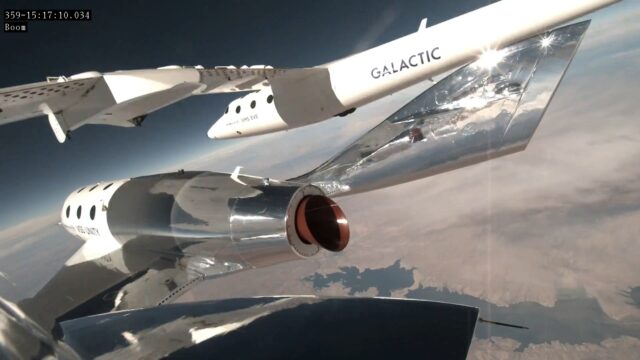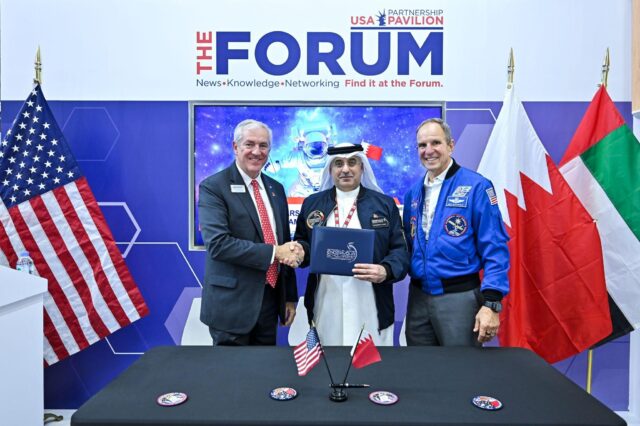Royal Navy’s Peregrine mini-helicopter UAV makes its operational debut
February 24, 2025

The remotely piloted Peregrine is a Royal Navy-specific version of the Schiebel S-100 Camcopter, and is the first remotely-piloted helicopter operated by the Royal Navy. Peregrine is flown remotely by a pilot, from on board a host ship, and is directly controlled throughout each mission. It is intended that Peregrine will eventually offer a low-cost alternative (or a complementary capability) to the manned Wildcat helicopter.

The Peregrine is fitted with British Thales I-Master radar, a compact, lightweight airborne surveillance radar that offers ultra-fine Synthetic Aperture Radar (SAR) imagery, Maritime Moving Target Indication (MMTI) and Ground Moving Target Indication (GMTI) modes. The radar is augmented by infra-red/electro-optical sensors, which provide impressive image quality, as AB(AWW) Bradley Morris explained: “Being part of the team that used Peregrine in our counter-narcotics operations was a fascinating experience,” noting that: “The clarity of the images we obtained from miles away was impressive and highlighted the advanced capabilities we have at our disposal. It’s exciting to see how technology is enhancing our operations at sea.”

The Peregrine was ordered under the Future Tactical Uncrewed Air System (FTUAS) programme, the RN selecting the Schiebel S-100 Camcopter to meet the Peregrine urgent capability requirement issued in mid-2022.
Schiebel and Thales completed radar integration and factory acceptance trials of the S-100 in August 2023, and No.700X Naval Air Squadron conducted the first flying trials of the Peregrine RWAUS from HMS Lancaster in the Gulf of Oman in August 2024.

Lt Cdr Rob Guest, in overall charge of both the Wildcat and Peregrine embarked on the frigate, noted that: “Combining the maritime expertise of the Wildcat Flight with the development and integration of uncrewed air systems has been a crucial catalyst in providing the Command team with additional assets that complement the existing capabilities – a combination that is producing promising results for the future.”

HMS Lancaster is a Duke-class Type 23 frigate of the Royal Navy, launched by Queen Elizabeth II on 24 May 1990. She is currently deployed to the Middle East on a long-term maritime security mission, during sweeps of the Indian Ocean and Gulf of Oman looking for smugglers and drug-runners on the so-called ‘Hash Highway’.
A team from the Royal Navy’s dedicated drone unit, No.700X Naval Air Squadron at RNAS Culdrose in Cornwall, is deployed on board HMS Lancaster, and has started using the Peregrine for demanding surveillance missions, preserving HMS Lancaster’s crewed Wildcat helicopter to conduct interdiction or strike missions.
The team has also operated Peregrine concurrently with the Wildcat to unlock the potential of using UAVs and crewed aircraft together.
The Peregrine has been launched on day and night sorties, scouring hundreds of square miles of ocean on every flight, feeding data, live radar picture and imagery directly into displays that are monitored in the warship’s operations room. Peregrine located and monitored several ‘board and search’ operations during its operational debut. The UAV provided ISR support to HMS Lancaster’s Royal Marines who boarded a number of suspect dhows, seizing drugs and other contraband.
Commander Sam Stephens, Lancaster’s Commanding Officer, said the Peregrine operations with his ship marked: “a key milestone in the evolution of the Royal Navy’s uncrewed capability,” and that this was: “just the start, as we continue to unlock the game changing capability with every flight, gaining the advantage over smugglers and adversaries alike. Integrating this force-multiplier into the longest-serving operational Type 23 frigate whilst deployed on operations is a significant achievement.”
